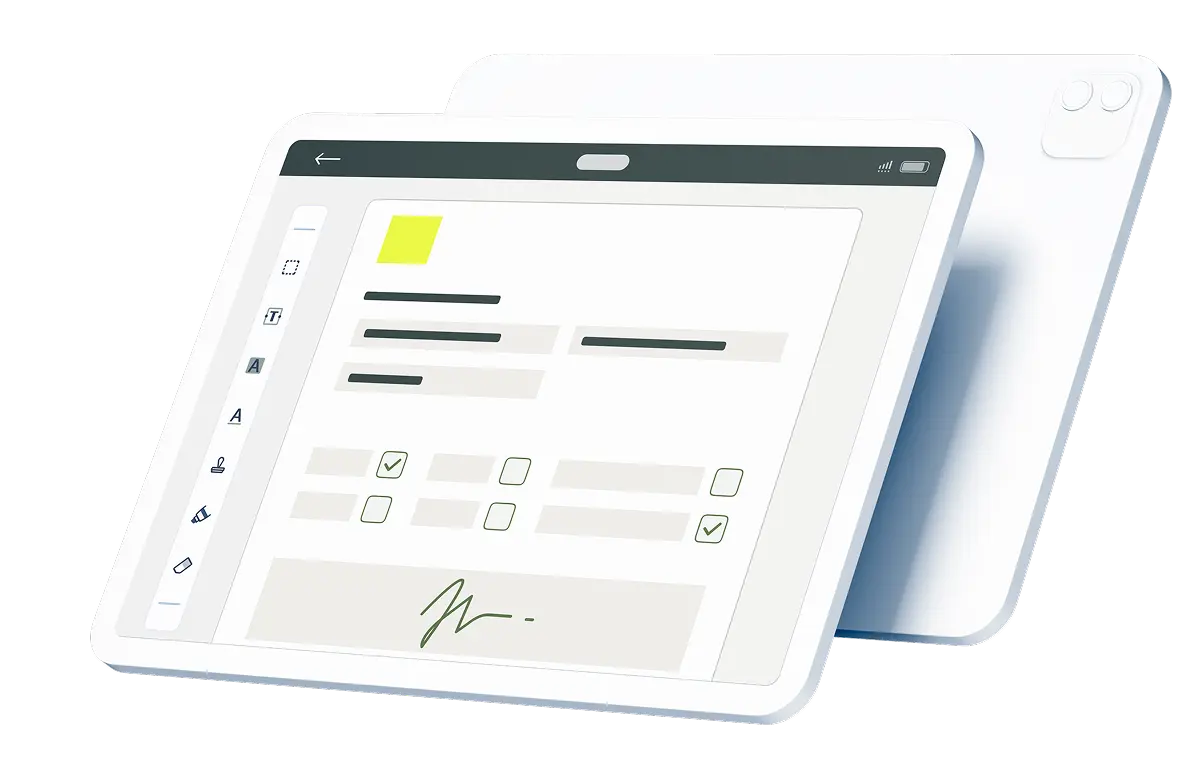Dry docking a vessel allows maintenance, repairs and inspections to take place that cannot be performed while the hull and bottom of a ship are submerged in water. Find out why digital checklists are useful in dry docking inspections that cover a wide range of vessel equipment.
Contents:
What Is a Dry Docking Inspection?
A dry dock is a structured area that allows water to be drained out to provide access to a ship’s hull, bottom and machineries that are otherwise underwater. In addition to allowing for hull, propeller and rudder maintenance and repairs, dry docks are also useful for performing thorough inspections of vessels.
The size and condition of a vessel should factor into the choice of dry dock. The two main types of dry docks are floating and graving docks. Floating docks are often located away from ports in harbors and can travel to ships. Graving docks are attached to land within harbors, and ships must travel to these dry docks.
Why Use a Dry Dock List?
A checklist of procedures to be carried out during dry docking can ensure that necessary maintenance and repairs take place. Inspectors often rely on checklists or questionnaires developed by industry-specific marine organizations or based on transportation regulations. A checklist for dry docking preparation could be broken down into four broad stages:
- Prepare to dry dock: Refer to a checklist to plan how a ship will dry dock, factoring in vessel and dock design.
- Develop a docking plan: Dry docking companies work with marine enterprises to produce docking plans with detailed calculations about the height, weight and structure of a vessel.
- Factor in stability conditions: A ship must be stable during dry docking on keel blocks, which requires accurate weight distribution calculations and analysis of the stability condition prior to starting the docking process.
- Get ready for arrival: A checklist can make it easier to ensure that stability conditions have been achieved and other preparatory measures are taken before docking.
Breaking down the steps a crew needs to take in advance of dry docking allows for a smooth pre-inspection procedure. Planning can reduce the risk of vessels sustaining damage during dry docking and ensure that dry docks can accommodate the needs of crews and inspectors.
When To Schedule Dry Dock Maintenance
In accordance with requirements of the Safety of Life at Sea Convention of the International Maritime Organization, merchant vessels require a complete survey of the hull in a dry dock twice within a five-year period, with an intermediate survey within no more than 36 months.
The bottoms of passenger vessels must be inspected annually, and two of these inspections must be carried out in dry dock within a period of five years. Three years is the maximum interval between inspections of the bottoms of passenger vessels.
Maritime enterprises should factor in relevant regulatory requirements when scheduling dry docking into workflows. Maintenance and repairs can take place while a ship is dry docked, and dry docking is also periodically required for inspections. Operators and masters can plan ahead to minimize the downtime during which maintenance and inspections take place.
What a Dry Docking Inspection Checklist Should Cover
Dry docking checklists can be useful for engineers, officers and crews of vessels. Ships are complex structures with lots of equipment that requires inspection and maintenance. Digital checklists can guide crews through preparations for an inspection.
Enterprises that use Fluix marine fleet management software can easily develop and distribute checklists to guide dry docking inspections. Here are four broad categories of processes and tasks to account for during dry docking:
- Crew member duties: Crews are typically tasked with maintaining minimum ballast condition, keeping the aft trim, ensuring the vessel is moored and monitoring the stability of the vessel. It is also necessary to pump out the ballast once a ship is sitting on blocks, prepare to connect to shore power, de-ballast tanks and remove drain plugs.
- Vessel hull maintenance: The construction of the hull is checked for damage, including visible damage and thickness testing. Dry docking also allows for high-pressure washing, blasting and hull painting.
- Propeller and rudder: Some components of the ship cannot be seen underwater. Dry docking allows for repairs to take place that would otherwise require underwater welding with advanced machinery or other more complicated maintenance and repair methods.
- Anchor and chain: Vessel stability components are typically made of iron and may corrode over time with use. Dry docking is a safe opportunity to maintain or replace essential equipment.
Fluix makes it easy to distribute distinct checklists to different crew members and obtain proof of inspection or maintenance in the form of signed and dated forms. This platform also facilitates data processing and reporting, which can guide further inspections. Barge and vessel inspectors may also use checklists based on industry-specific or regulatory requirements that can be referenced to refine on-board processes.
Why Plan Ahead for Ship Docking
A dry docking plan should take the structure of a ship into consideration. Noting the hull structure and echo sounder and drain plug locations can allow for safer and faster dry docking maintenance and inspections. Factoring in the weather forecast can also be helpful for making dry docking go according to plan.
Dry docking plans should also account for stability conditions to determine the proper positioning of keel blocks. Crew checklists should ensure that a vessel adheres to stability conditions in preparation for arrival at a dry docking port. A detailed docking plan that factors in ship specifications can also reduce the risk of capsizing during undocking.
What Goes On During Dry Docking
Dry docking is required for periodic inspections of merchant and passenger vessels. Transport vessels of other types may also be required to dry dock in order to comply with inspection requirements set by relevant regulatory bodies. A dry docked vessel is also in an ideal position for many types of maintenance and testing that are harder or impossible to perform while a ship is on the water.
Thickness gauging and equipment testing typically take place during dry docking. Access to the hull and bottom allows for high-pressure washing, blasting and painting of the hull to minimize corrosion. Maintenance or replacement of the anchor and chain can also take place during dry docking.
Ways To Lower the Cost of Dry Docking
Organizations should plan ahead and do cost grouping and set parameters in advance of dry docking. Breaking down parts expenses into categories can be helpful, and workflow management tools can be used to assign repair yard tasks and processes. Recent advancements in technology allow for faster and more thorough nondestructive testing and robotic scanning. Getting the most accurate idea of the likely scope of maintenance or repairs as quickly as possible can reduce the amount of time a ship spends docked and out of commission.
The longer a ship spends dry docked, the higher the docking fees. The scope of maintenance or repairs determines repair yard costs. Other expenses associated with dry docking include the costs of an agency, classification surveyor, stores, repair and maintenance and necessary spares. While some costs are unavoidable, maritime operators and masters can find ways to manage the cost of safe operation and regulatory compliance.
Workflow Solutions for Dry Docking
Dry docking is a regularly scheduled procedure for merchant and passenger vessels. Industry-specific barges and vessels may also need to use specialized dry docks to accommodate maintenance, repairs and inspections. A workflow management platform that simplifies automation, data reporting, form building and filling, and audit and compliance measures can equip marine enterprises with useful systems for dry docking.
In addition to scheduling dry docking and adjusting workflows accordingly, enterprises can use Fluix to distribute digital dry docking checklists, automate documentation processing and provide proof of compliance during inspections. Learn more about these features and get started with Fluix today.

